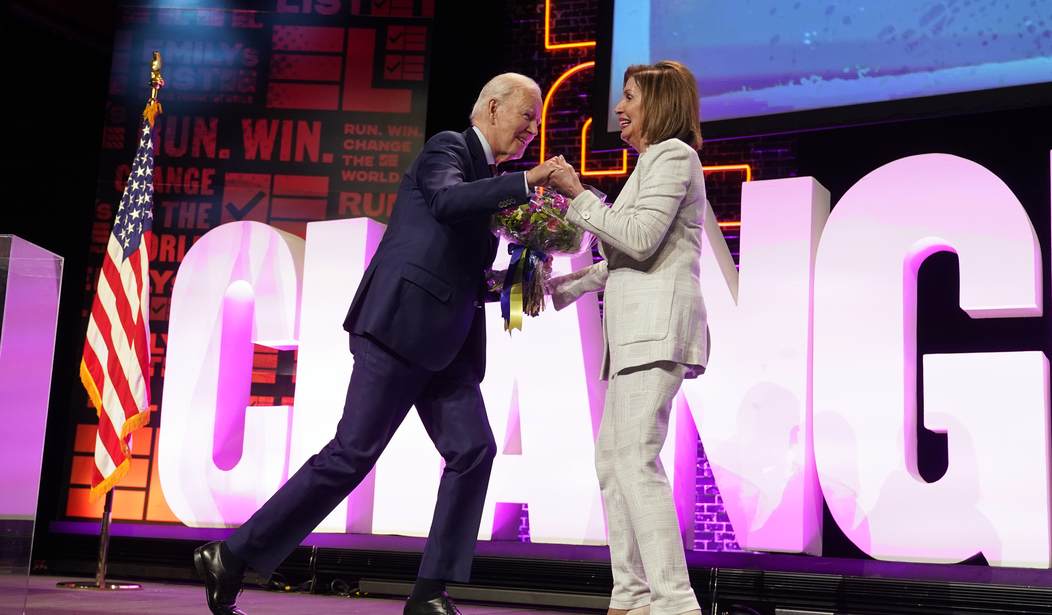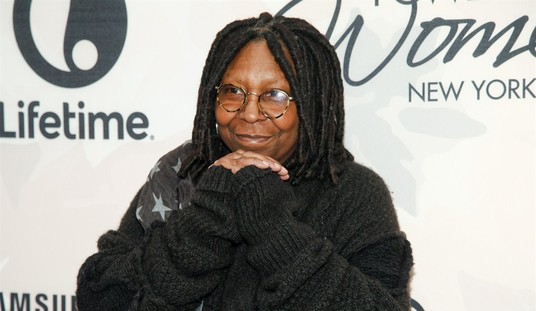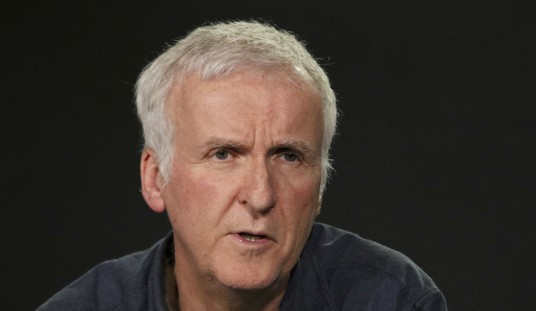ActBlue, the Democratic Party’s primary donation processor, is sounding the alarm because of a dramatic falloff in small donations that the party has lived on for the last two election cycles.
Small-dollar donations at the federal level totaled $312 million in the first half of 2023. That’s a drop-off of more than $30 million compared to this point in the 2020 cycle. The platform also had 32 percent fewer donors in the second quarter this year compared to four years ago,
“Because small donors are a proxy for enthusiasm, if people aren’t concerned about the drop-off in contributions, then they just aren’t paying attention or whistling past the graveyard,” said Ari Rabin-Havt, who served as deputy campaign manager on Sen. Bernie Sanders’ 2020 presidential campaign. “The impact is from top to bottom. You can see it in the ActBlue number, you can see it from the DNC down through every group. There has to be a quick examination among Democrats about what is creating this enthusiasm gap.”
Two telling reasons may be driving the lack of enthusiasm. The first is that 80-year-old Joe Biden is not exciting anyone. But the second is even more concerning for national Democrats.
Donald Trump is no longer the bogeyman he was in 2020. Democrats can no longer use Trump as the number one fear factor in driving their fundraising.
“Villains raise money. And you have the ultimate villain in Donald Trump,” said Rabin-Havt. “But it’s the third act of that villain at this point. That makes it harder. We are approaching nine years of him being the principal villain.”
Still, a decline in activity among Democratic grassroots supporters will almost assuredly force candidates up and down the ballot to spend more time fundraising, lean more heavily on big donors or make do with less.
Some progressive groups have already been laying off staff this year amid the ongoing cash crunch. Donations are also down to party committees, such as the Democratic Congressional Campaign Committee and Democratic Senatorial Campaign Committee, which both saw more than one-third drops in their total cash raised from small-dollar donors in the first half of the year compared to last cycle.
Both parties look to make a maximum effort to raise money at the end of a quarter when there is an increase in fundraising appeals. But Democratic small-dollar donors are not responding with the energy and passion they did in 2020 and 2022.
Four years ago, Democratic presidential candidates raked in millions of dollars online after strong debate showings, with fundraising also driven by other campaign events and candidates’ calls for Trump’s first impeachment. In 2021, concern about the events of Jan. 6 and Trump’s second impeachment drove up Democratic donations early in the cycle. And just last year, the Supreme Court’s Dobbs decision on abortion sparked major online giving.
Some operatives in the digital fundraising space said they were not yet ready to hit the panic button, noting that summer months often are slower and that the Republican primary remains unsettled. But even their optimism was colored with concern.
“We get to this point in the cycle every two years, and people act like the summer slump is something they just discovered. People don’t like donating in the summer because they’re with their families and on vacation,” said Mike Nellis, founder and CEO of Authentic, one of the party’s top digital fundraising agencies. “That said, this is a particularly bad summer slump. If you’re not running with a particularly compelling headwind, it is hard to fundraise right now. If you’re not Adam Schiff and Jon Tester, who are two of my clients doing well right now, you’re sort of in a bind.”
Down-ballot races may not be seeing much of a drop-off. But Biden’s fundraising numbers are starting to raise concerns among national Democrats who know they’re in the race of their lives.










Join the conversation as a VIP Member